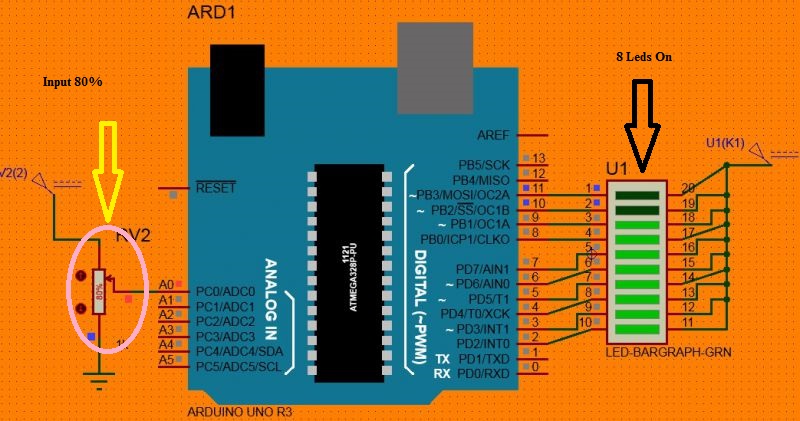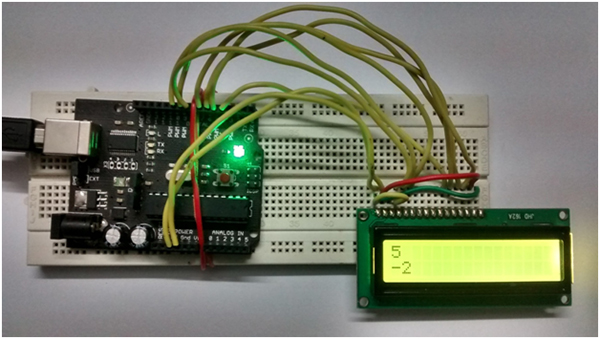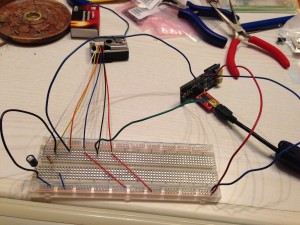Design of Cotter Foundation Bolt :

The cotter foundation bolt is mostly used in conjunction with foundation and holding down bolts to fasten heavy machinery to foundations.

It is generally used where an ordinary bolt or stud cannot be conveniently used. Fig. 3. shows the two views of the application of such a cotter foundation bolt. In this case, the bolt is dropped down from above and the cotter is driven in from the side. Now this assembly is tightened by screwing down the nut. It may be noted that two base plates (one under the nut and the other under the cotter) are used to provide more bearing area in order to take up the tightening load on the bolt as well as to distribute the same uniformly over the large surface.

Let d = Diameter of bolt,
d1 = Diameter of the enlarged end of bolt,
t = Thickness of cotter, and
b = Width of cotter.
The various modes of failure of the cotter foundation bolt are discussed as below:
1. Failure of bolt in tension
The bolt may fail in tension due to the load (P). We know that area resisting tearing
= (π× d^2) /4
∴ Tearing strength of the bolt
= [(π× d^2) /4] ×σt
Equating this to the load (P), we have
P = [(π× d^2) /4] ×σt
From this equation, the diameter of bolt ( d ) may be determined.
2. Failure of the enlarged end of the bolt in tension at the cotter
We know that area resisting tearing
= [{(π× d1^2) /4} – {d1 t}]
∴ Tearing strength of the enlarged end of the bolt
= [{(π× d1^2) /4} – {d1 t}] × σt
Equating this to the load (P), we have
P = [{(π× d1^2) /4} – {d1 t}] × σt
From this equation, the diameter of the enlarged end of the bolt (d1) may be determined.
Note: The thickness of cotter is usually taken as d1 / 4.
3. Failure of cotter in shear
Since the cotter is in double shear, therefore area resisting shearing
= 2 b × t
∴ Shearing strength of cotter
= 2 b × t × τ
Equating this to the load (P), we have
P = 2 b × t × τ
From this equation, the width of cotter (b) may be determined.
4. Failure of cotter in crushing
We know that area resisting crushing
= b × t
∴ Crushing strength of cotter
= b × t × σc
Equating this to the load (P), we have
P = b × t × σc
From this equation, the induced crushing stress in the cotter may be checked.














